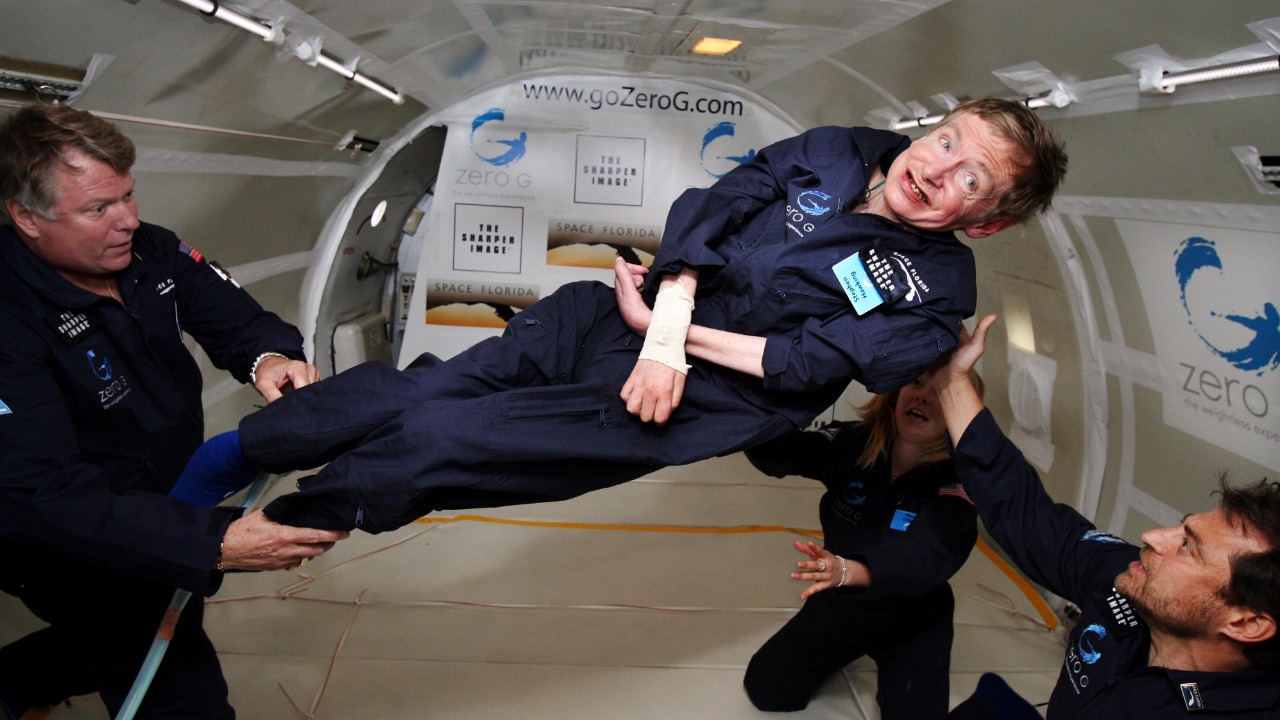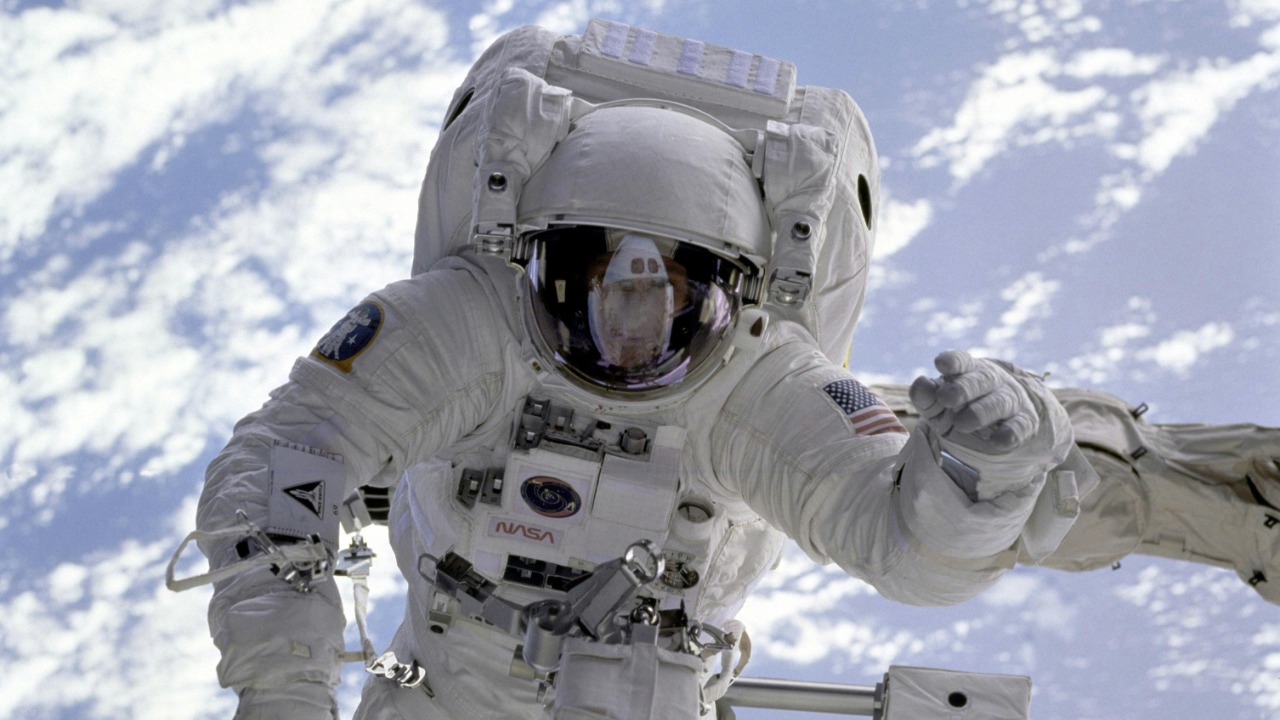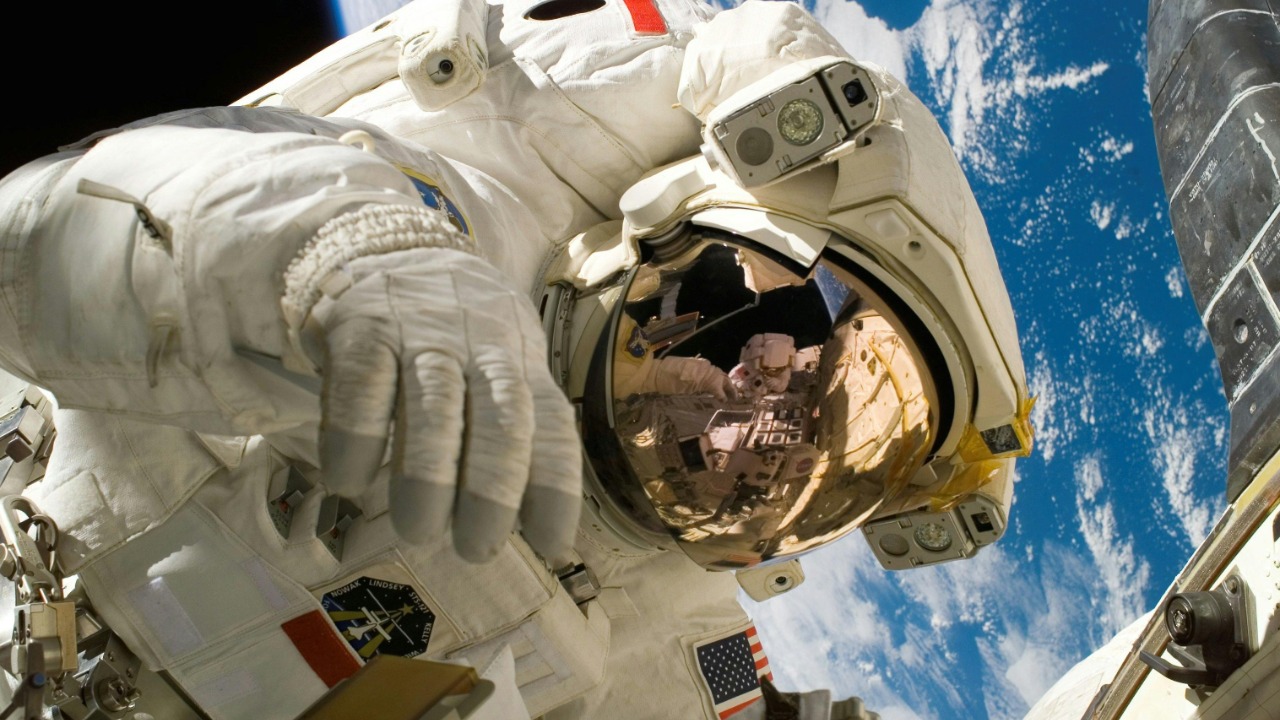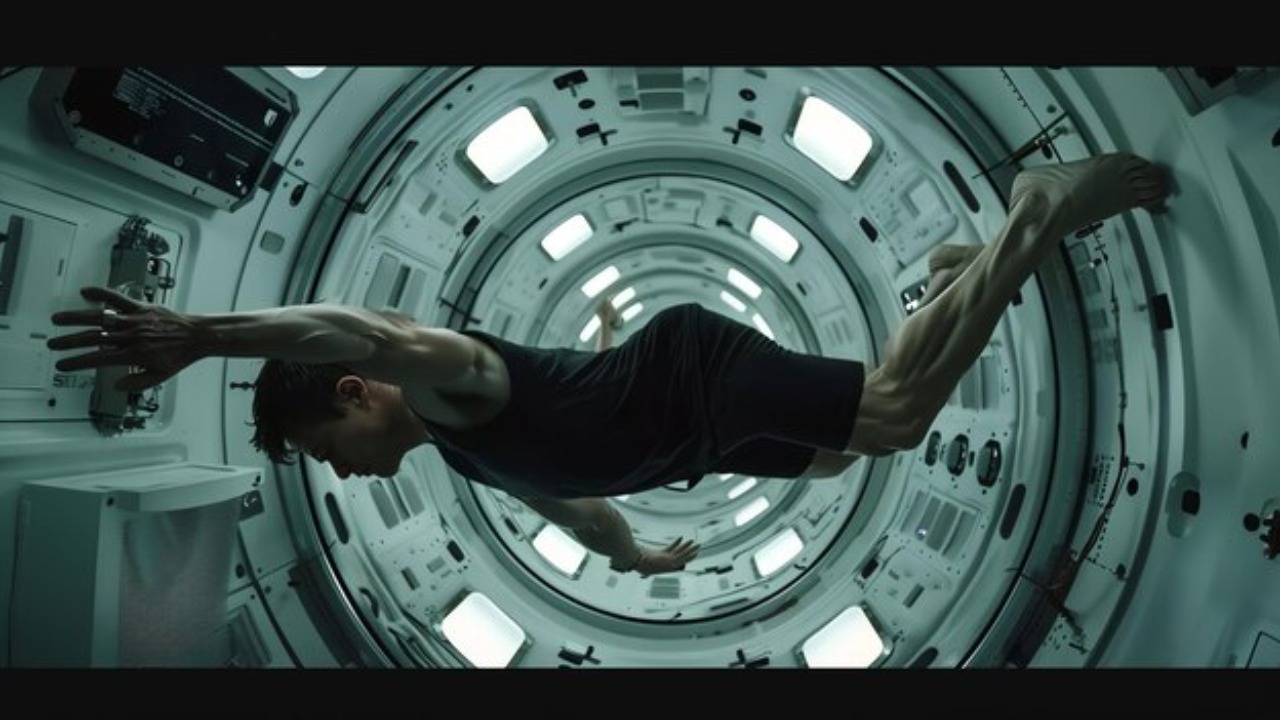
Zero gravity, often depicted in science fiction and space documentaries, is a fascinating concept that sparks curiosity and wonder. Commonly misunderstood, zero gravity is not the absence of gravity but rather a condition experienced when gravitational forces are not felt. This phenomenon is explored by unraveling the science behind it and examining where and when zero gravity exists.
Understanding Zero Gravity

Definition and Misconceptions
The term “zero gravity” often conjures images of floating astronauts and objects in space, but it is important to clarify what it truly means. Zero gravity is not the total absence of gravitational forces. Instead, it refers to the sensation of weightlessness that occurs when gravitational forces are not acting on an object in a way that can be felt. This can lead to common misconceptions about gravity being absent in space, which is far from reality.
The Science Behind Zero Gravity
Zero gravity is often confused with microgravity, a condition where only minimal gravitational forces are present. Microgravity is what astronauts experience in space. To understand zero gravity, it’s essential to explore how gravitational forces operate in different environments. The effect of gravity is a result of mass, as explained by researchers demonstrating gravity’s existence due to mass for the first time.
Where Zero Gravity Exists

Space: The Ultimate Zero Gravity Environment
Space is the most well-known environment where zero gravity can be observed. Astronauts aboard spacecraft and space stations experience zero gravity because they are in a constant state of free fall around the Earth. This sensation of weightlessness is due to their continuous orbital path, where the gravitational pull is not strong enough to create a noticeable force on their bodies. Although Earth’s gravity diminishes with distance, it never entirely disappears, which explains why astronauts still remain in orbit.
Zero Gravity on Earth
Even on Earth, zero gravity can be simulated through specific methods. One such method is parabolic flight paths, often used for training astronauts and conducting research. These flights create short bursts of weightlessness by flying in a parabolic trajectory. Additionally, specialized facilities and environments are designed to mimic zero gravity conditions, playing a crucial role in testing materials and technologies for space missions.
When Zero Gravity Occurs

In Space Missions
Zero gravity is a constant factor in space missions, affecting both astronauts and equipment. During space travel, zero gravity conditions persist as long as the spacecraft remains in orbit. The duration of weightlessness can vary depending on the mission’s objectives and the time spent in space. Over time, zero gravity impacts astronauts physically and mentally, necessitating special training and equipment adjustments to ensure their well-being and mission success.
Temporary Zero Gravity Experiences
Zero gravity is not limited to space; it can also be temporarily experienced during specific flight maneuvers. Pilots can create short-lived zero gravity conditions by flying aircraft in a parabolic arc, providing a glimpse of weightlessness. This effect, similar to free fall, occurs when the aircraft and its occupants experience the same gravitational acceleration, creating a sensation of floating.
The Effects of Zero Gravity

On the Human Body
The human body undergoes significant changes in zero gravity, affecting various physiological systems. Muscle atrophy and bone density loss are common issues faced by astronauts during extended stays in space. The lack of gravitational force impacts balance, coordination, and even vision, necessitating careful planning and research to mitigate these effects. Understanding these changes is crucial for the health and safety of astronauts.
On Technology and Materials
Operating technology in zero gravity poses unique challenges. Machinery and equipment designed for Earth may not function the same way in space, requiring innovations in engineering and design. Zero gravity affects the behavior of fluids, combustion processes, and material properties, influencing the construction and maintenance of space habitats. The impact on materials and their performance in space environments is a significant consideration for future space missions.
The Future of Zero Gravity Exploration

Advancements in Zero Gravity Research
Ongoing research into zero gravity is unlocking new possibilities for its application in various fields. Scientists are exploring how zero gravity can benefit medical research, manufacturing, and technology development. The unique conditions of weightlessness provide a platform for experiments that cannot be conducted on Earth, leading to potential breakthroughs in understanding biological processes and material science.
The Role of Zero Gravity in Space Exploration
Zero gravity will continue to play a pivotal role in future space exploration endeavors. Understanding and harnessing its effects are essential for the success of long-duration missions and potential colonization efforts. As humanity sets its sights on exploring Mars and other celestial bodies, the ability to adapt to and utilize zero gravity will be a cornerstone of these ambitious plans, emphasizing the importance of continued exploration and research in this fascinating field.